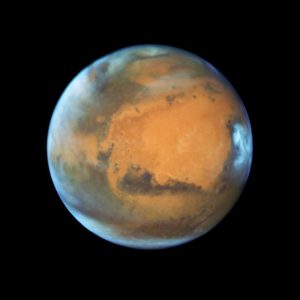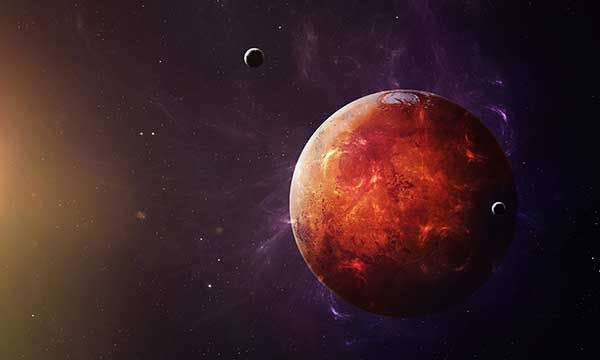Water is essential for life on Earth and other planets, and scientists have found ample evidence of water in Mars’ early history. But Mars has no liquid water on its surface today. New research from Washington University in St. Louis suggests a fundamental reason: Mars may be just too small to hold onto large amounts of water.

Researchers measured the potassium isotope compositions of Martian meteorites in order to estimate
the presence, distribution, and abundance of volatile elements and compounds, including water, on Mars,
finding that Mars has lost more potassium than Earth but retained more potassium than the moon or the
asteroid 4-Vesta; the results suggest that rocky planets with larger mass retain more volatile elements during planetary formation and that Mars and Mars-sized exoplanets fall below a size threshold necessary to
retain enough water to enable habitability and plate tectonics.
Remote sensing studies and analyses of Martian meteorites dating back to the 1980s posit that Marss
was once water-rich, compared with Earth. NASA’s Viking orbiter spacecraft — and, more recently,
the Curiosity and Perseverance rovers on the ground — returned dramatic images of Martian landscapes
marked by river valleys and flood channels.
Despite this evidence, no liquid water remains on the surface. Researchers proposed many possible
explanations, including a weakening of Marss’ magnetic field that could have resulted in the loss of a thick atmosphere.
But a study published the week of Sept. 20 in the Proceedings of the National Academy of Sciences
suggests a more fundamental reason why today’s Marss looks so drastically different from the “blue marble” of Earth.











